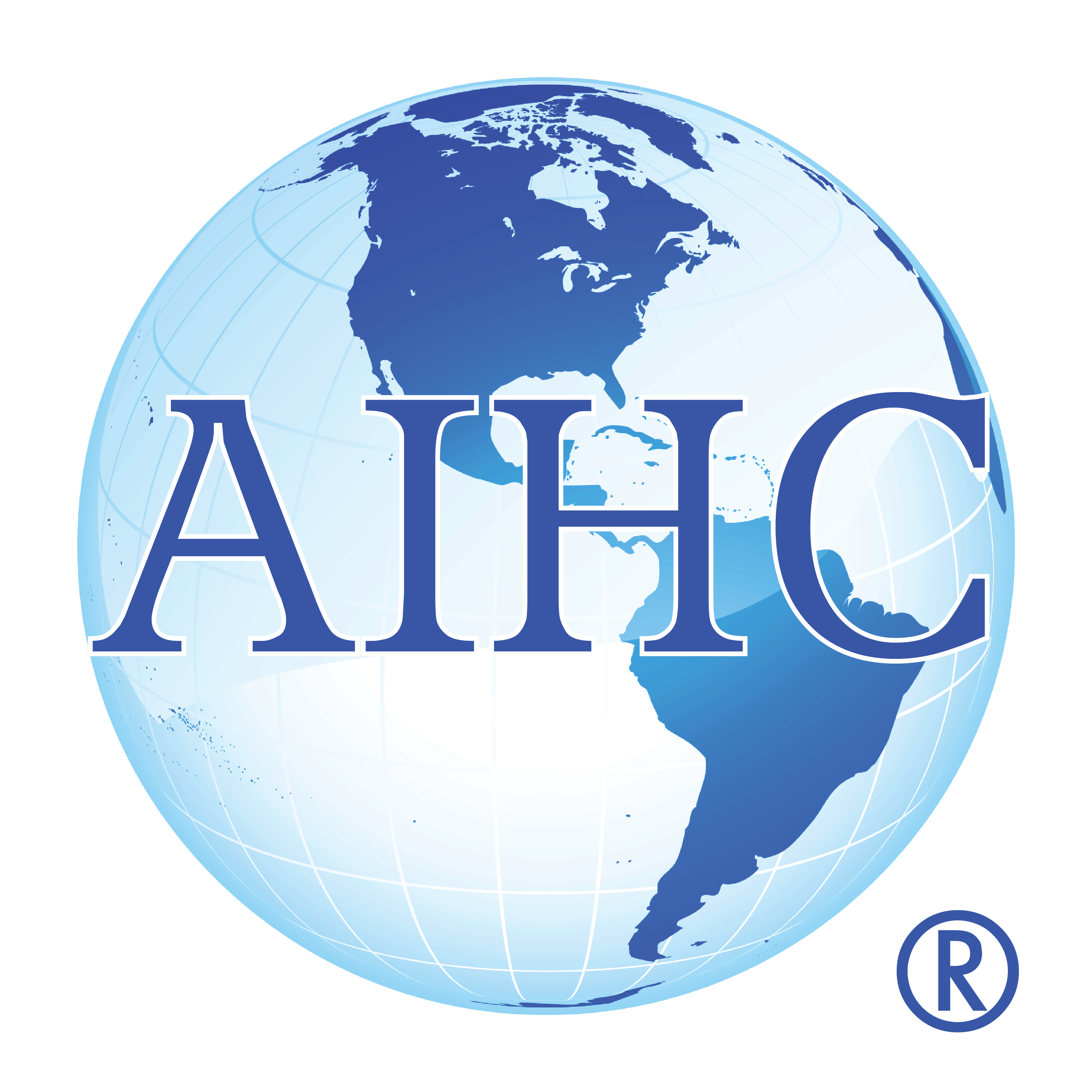Written by: Thomas "Trent" Jackson, BS, CCRS
Medicare bad debts present Medicare Part A providers an opportunity to recover reimbursement dollars they otherwise would have missed. Provided that a proper log is kept, total uncollected Medicare co-insurance and/or deductibles can be claimed on the cost report for 65% reimbursement.
Under 42 Code of Federal Regulation (CFR) §413.89 and the Provider Reimbursement Manual (PRM) 15-1 § 308, a bad debt is allowable when it results from deductible and coinsurance amounts for covered services that are uncollectible from Medicare beneficiaries. The Middle-Class Tax Relief and Job Creation Act of 2012 established the current reimbursement rate at 65%.
What is allowable bad debt?
An allowable Medicare bad debt must meet four criteria to be claimed by a facility:
- The debt must be related to covered services and derived from deductible and coinsurance amounts.
- The provider must be able to establish that reasonable collection efforts were made.
- The debt was actually uncollectible when claimed as worthless.
- Sound business judgment established that there was no likelihood of recovery at any time in the future.
Undertaking and documenting reasonable collection efforts will satisfy the second requirement, and the completion of those efforts will satisfy the fourth. Then, as long as the amount in question is a deductible or coinsurance amount that was appropriately written off during the period for which the cost report is filed, it is allowed to be claimed.
Reasonable collection efforts required
What constitutes a reasonable collection effort? First and foremost, collection efforts for Medicare beneficiaries must be similar to efforts to collect comparable amounts from non-Medicare patients. Beyond that, the collection policy must include the issuance of a bill on or shortly after discharge of the beneficiary as well as genuine collection efforts such as subsequent billings, collection letters, and phone calls. The regulations also allow for the use of a collection agency in addition to or in lieu of those efforts.
As with many areas of healthcare, the saying “if it was not documented, it did not happen” certainly applies. Any facility looking to claim Medicare bad debt reimbursement will need to maintain supporting documentation for each line on its Medicare bad debt log.
There are a couple of alternate methods to satisfy the second and fourth criteria:
- If a patient is deemed indigent by provider standards, their debt can be deemed uncollectable without going through reasonable collection efforts. However, the provider must have a codified internal policy to analyze assets, liabilities, expenses, and income of the patient. It must also seek to determine that no other source than the patient would be legally responsible for their debt. Documentation supporting these factors must be contained within the patient’s file.
- For patients who have Medicare as a primary payer and Medicaid as a secondary payer (commonly referred to as a “crossover”), billing the state Medicaid program for the unpaid amount and documenting its response will satisfy the reasonable collection effort procedures. The account can be added to the Medicare bad debt log upon receipt of the Medicaid program’s remittance advice.
Medicare bad debt is money lost for many Part A Providers, so taking time to explore the cost report reimbursement option could be a valuable decision.
_________________________________________________________
Thomas “Trent” Jackson is a senior associate within Kraft Healthcare Consulting’s Advisory Department. Kraft Healthcare Consulting is an affiliate of KraftCPAs. Trent is also a Certified Cost Reporting Specialist (CCRS) and received his BS in Accounting from Dalton State College.
